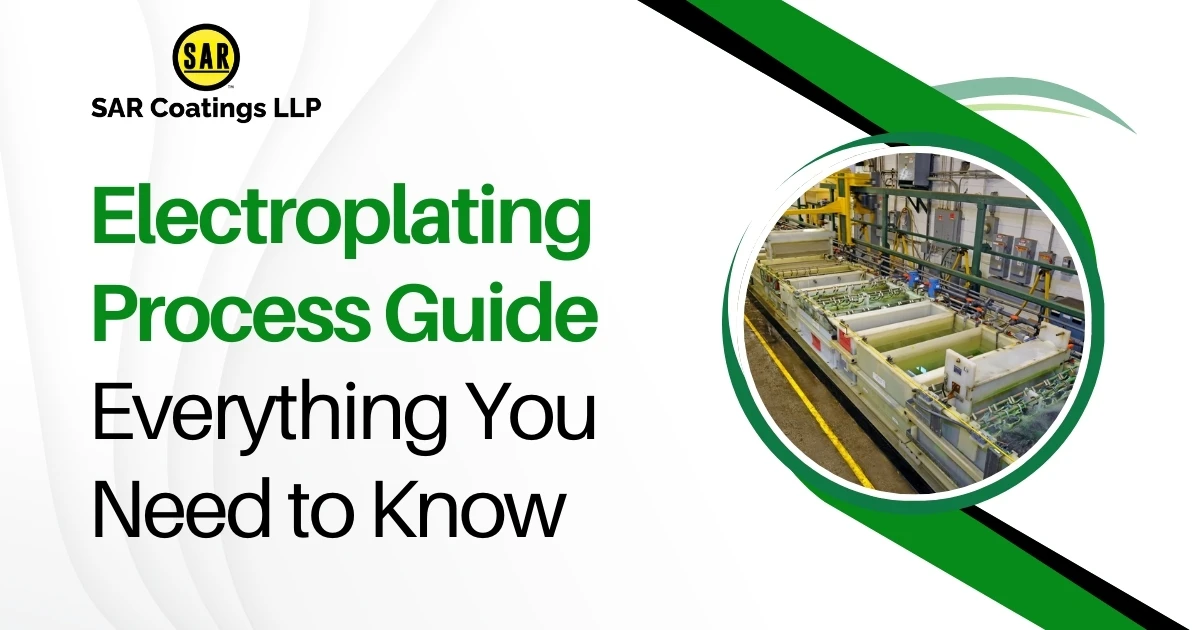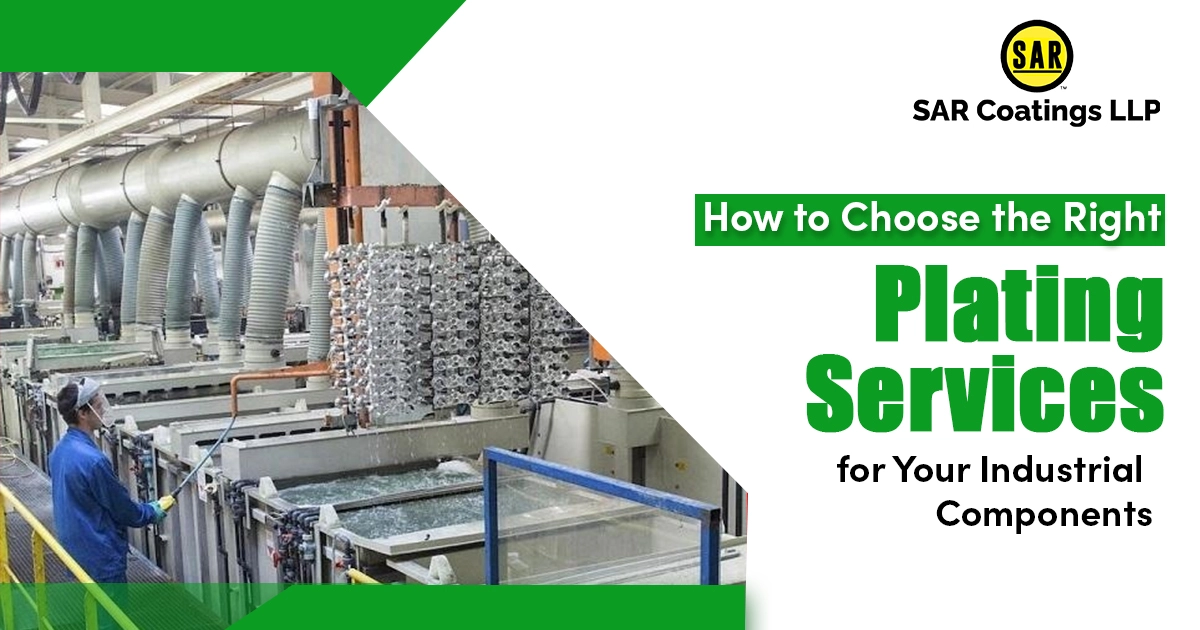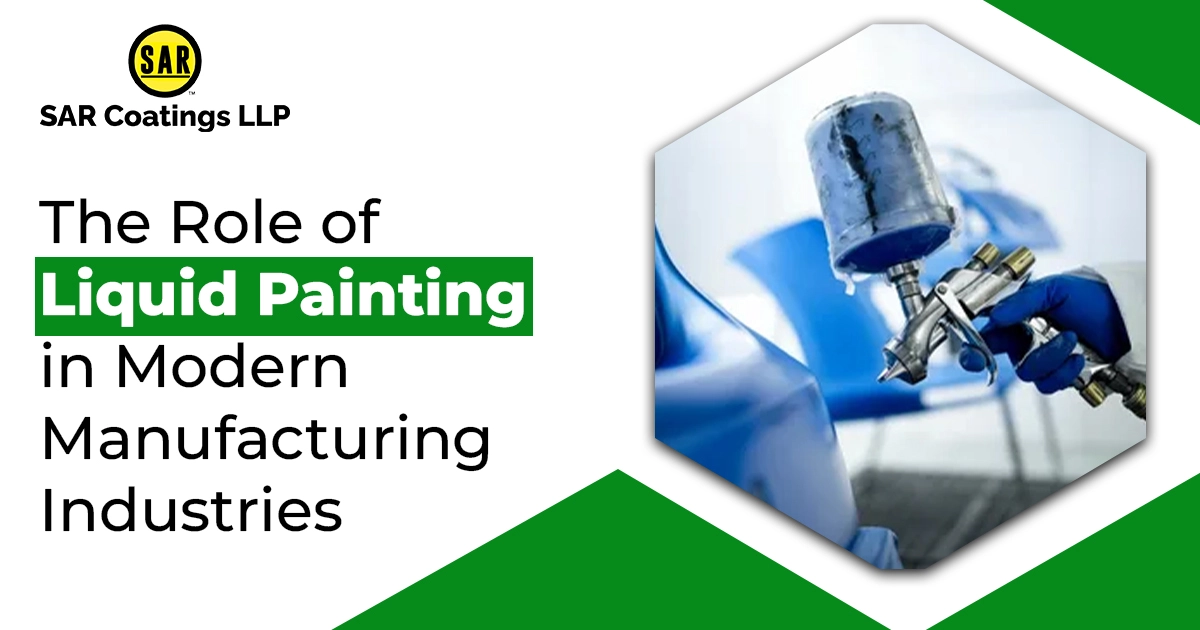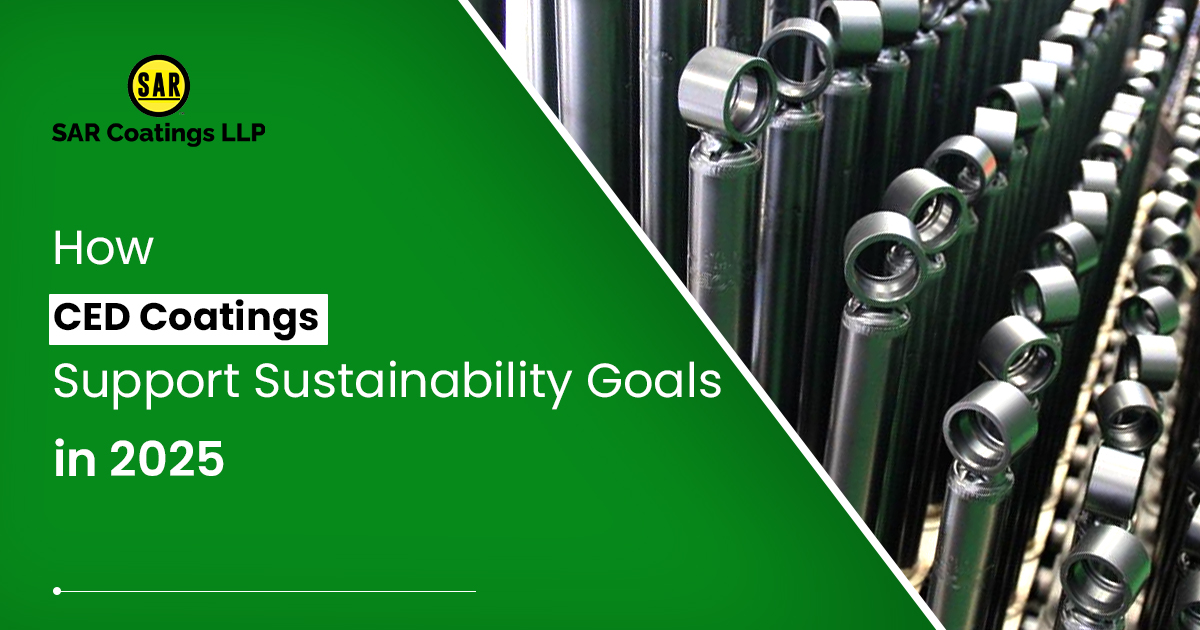
Electroplating Process Guide: Everything You Need to Know
Electroplating is a broadly utilized surface wrapping up prepare that upgrades the appearance, toughness, and usefulness of metals. It is utilized in different businesses, counting car, hardware, adornments, and aviation. Whether you need to move forward erosion resistance, include a embellishing wrap up, or increment conductivity, electroplating Services is an fundamental technique.
This direct will take you through the whole electroplating handle, covering the science behind it, fundamental steps, and variables that impact plating quality.
Understanding Electroplating
Electroplating is the prepare of coating an question with a lean layer of metal utilizing an electric current. This is done in an electrolytic shower where the metal particles from a arrangement are kept onto a conductive surface.
Basic Components of Electroplating:
- Anode (Positive Cathode): A piece of metal that will be stored onto the object.
- Cathode (Negative Cathode): The protest to be plated.
- Electrolyte Arrangement: A fluid containing metal particles that will be deposited.
- Power Supply: A coordinate current (DC) source that encourages particle transfer.
Step-by-Step Handle of Electroplating
Step 1: Surface Preparation
Proper surface arrangement is significant to guarantee a high-quality electroplated wrap up. Any earth, oil, or oxidation can lead to abandons in the coating.
Cleaning Methods:
- Degreasing: The protest is cleaned utilizing chemical or ultrasonic degreasers to expel oils and contaminants.
- Pickling: The question is plunged in an corrosive arrangement (such as sulfuric or hydrochloric corrosive) to expel oxidation and rust.
- Rinsing: The protest is completely washed with refined water to evacuate any residues.
Step 2: Actuation and Pre-Treatment
Some materials require extra pre-treatment some time recently electroplating to improve adhesion.
Electrocleaning: Employments an electric current to evacuate any remaining soil particles.
Strike Coating (Streak Plating): A lean layer of metal (such as nickel) is to begin with connected to make strides adhesion.
Step 3: Electroplating Process
Setting Up the Electrolyte Bath
The electrolyte shower comprises of metal salts and other chemicals that offer assistance in particle exchange. The sort of electrolyte depends on the metal being plated:
| Metal | Common Electrolyte |
| Gold | Gold cyanide solution |
| Silver | Silver nitrate solution |
| Nickel | Nickel sulfate solution |
| Copper | Copper sulfate solution |
| Zinc | Zinc chloride solution |
Electroplating Procedure
Positioning Electrodes:
- The question (cathode) is submerged in the electrolyte solution.
- The metal to be kept (anode) is moreover set in the solution.
Applying Electric Current:
- A DC control supply is associated, with the anode joined to the positive terminal and the cathode to the negative terminal.
- This makes a stream of metal particles from the anode to the cathode, keeping a lean metal layer on the object.
Controlling Plating Parameters:
- Current Thickness: Measured in Amperes per square decimeter (A/dm²), it influences plating thickness and adhesion.
- Plating Time: Decides the thickness of the stored layer. Longer times result in thicker coatings.
- Temperature: A few electroplating forms require warming to upgrade particle development and progress plating uniformity.
Step 4: Post-Treatment and Finishing
Once the plating handle is total, extra steps are taken to upgrade the coating’s strength and appearance.
Post-Treatment Steps:
- Rinsing: The protest is washed in deionized water to evacuate any overabundance electrolyte.
- Drying: The question is air-dried or dried with hot discuss to anticipate oxidation.
- Polishing (Discretionary): Buffing or cleaning may be done to move forward sparkle and smoothness.
- Passivation (For Certain Metals): A defensive layer may be connected to move forward erosion resistance (e.g., chromate change for zinc plating).
Key Variables That Influence Electroplating Quality
To accomplish a immaculate electroplated wrap up, consider these basic factors:
- Electrolyte Composition: The redress metal salt concentration guarantees indeed deposition.
- Current Thickness: Moo current leads to frail grip, whereas intemperate current can cause burning or harsh plating.
- PH Levels: The corrosiveness or alkalinity of the electrolyte influences particle versatility and statement quality.
- Temperature Control: A few plating arrangements require warming for legitimate particle transfer.
- Plating Time: Decides the thickness of the metal layer and its durability.
Common Electroplating Defects and How to Prevent Them
| Defect | Cause | Prevention |
| Blistering | Poor surface preparation | Ensure thorough cleaning and pickling |
| Rough plating | Contaminants in solution | Use filtration and regular solution maintenance |
| Uneven coating | Incorrect current density | Adjust voltage and anode placement |
| Peeling | Poor adhesion | Use strike coating and pre-treatment |
Applications of Electroplating
Electroplating is utilized in a assortment of businesses, including:
Automotive: Chrome plating for car parts, corrosion-resistant coatings for motor components.
Jewelry: Gold and silver electroplating for a enriching and long-lasting finish.
Electronics: Copper and gold plating in circuit sheets for way better conductivity.
Medical Gadgets: Nickel and silver plating for sterilization and biocompatibility.
Conclusion
Electroplating Service is a flexible and basic prepare utilized in numerous businesses to upgrade item quality, toughness, and aesthetics. By understanding each step—from surface arrangement to post-treatment—you can guarantee a high-quality electroplated wrap up with great attachment and longevity.
Would you like any particular areas extended or extra visuals for way better understanding?



